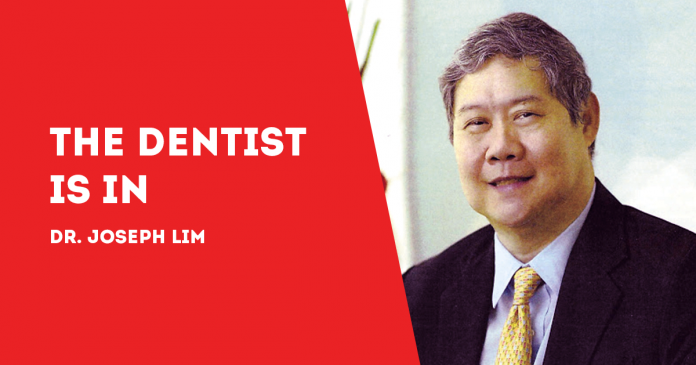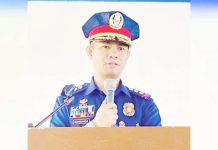
DENTISTS in Taiwan have shown the way to the future.
One dentist was able to tend to the dental needs of 17,000 people at the Chin-Shan, a township 32 kilometers outside of metropolitan Taipei.
For second opinions on cases and diagnoses, a dentist sent data and images to colleagues at the National Taiwan University Hospital in Taipei.
The lone resident dentist was equipped with an intraoral camera, a digital radiographic system and a software application to transfer all the images.
The pilot project demonstrated the effectiveness of “distance dentistry” in providing dental care to individuals living in a far-flung area and the viability of remote specialty consultations.
That was in 2000. This century, what we now call “teledentistry” offers an enormous opportunity for dental and oral health care.
Teledentistry is an amazing thing. It is the use of telecommunications in dentistry.
As the word “tele” indicates, clinical information and images are shared over “tele” or at a distance. In this case, teledentistry involves dental consultation and treatment over distances, often thousands of kilometers away.
Teledentistry provides access to oral health care especially for people in remote places.
Digital telecommunication and the Internet open windows of opportunity to change the way oral health care is provided.
Teledentistry joins many 21st century technologies that have roots in the previous century.
They include computers, digital diagnostic imaging services, devices and software and so on — all contributing to the sharing of digital information, distance consultations and diagnoses.
For many, teledentistry is “googling” the Internet for information that might help a patient. Others, like dentists, see teledentistry as continuing education online.
For dentists, teledentistry is the exchange of clinical information and images over remote distances for consultation and treatment planning.
Teledentistry is not as new as it sounds. In 1989, a conference funded by the Westinghouse Electronics Systems Group developed the initial concept for dental informatics.
Five years later the United States Army showed that teledentistry reduced patient care costs and extended dental care to distant places.
The word “teledentistry” was first used in 1997 as “the practice of using video-conferencing technologies to diagnose and provide advice about treatment over a distance.”
Teledentistry may yet be the fastest, cheapest way to bring oral health care to remote rural areas.
With the right digital and conventional tools, it can bridge the wide gap in oral health care between rural and urban areas where most dentists are concentrated.
Today, the Internet is the digital tool that will connect the gap. Modern teledentistry, as we know it, depends on digital connectivity simply because it is able to transmit a large amount of data over long distances.
Broadband high-speed connections mean sending documents, graphics, videos and doing teleconferencing over vast expanse, from here to the other side of the globe, from Iloilo to Zamboanga.
All of the above make teledentistry a contemporary healthcare tool.
In the United States it is now possible for the online telediagnosis of common oral diseases. It is being used to screen the oral health status of children in elementary schools and in child-care centers; in one instance, it found four in 10 aged 48 months to 12 years to have tooth decay.
Teledentistry has come of age.
***
Dr. Joseph D. Lim is the former Associate Dean of the UE College of Dentistry, former Dean of the College of Dentistry, National University, past president and honorary fellow of the Asian Oral Implant Academy, and honorary fellow of the Japan College of Oral Implantologists. Honorary Life Member of Thai Association of Dental Implantology. For questions on dental health, e-mail jdlim2008@gmail.com or text 0917-8591515./PN





